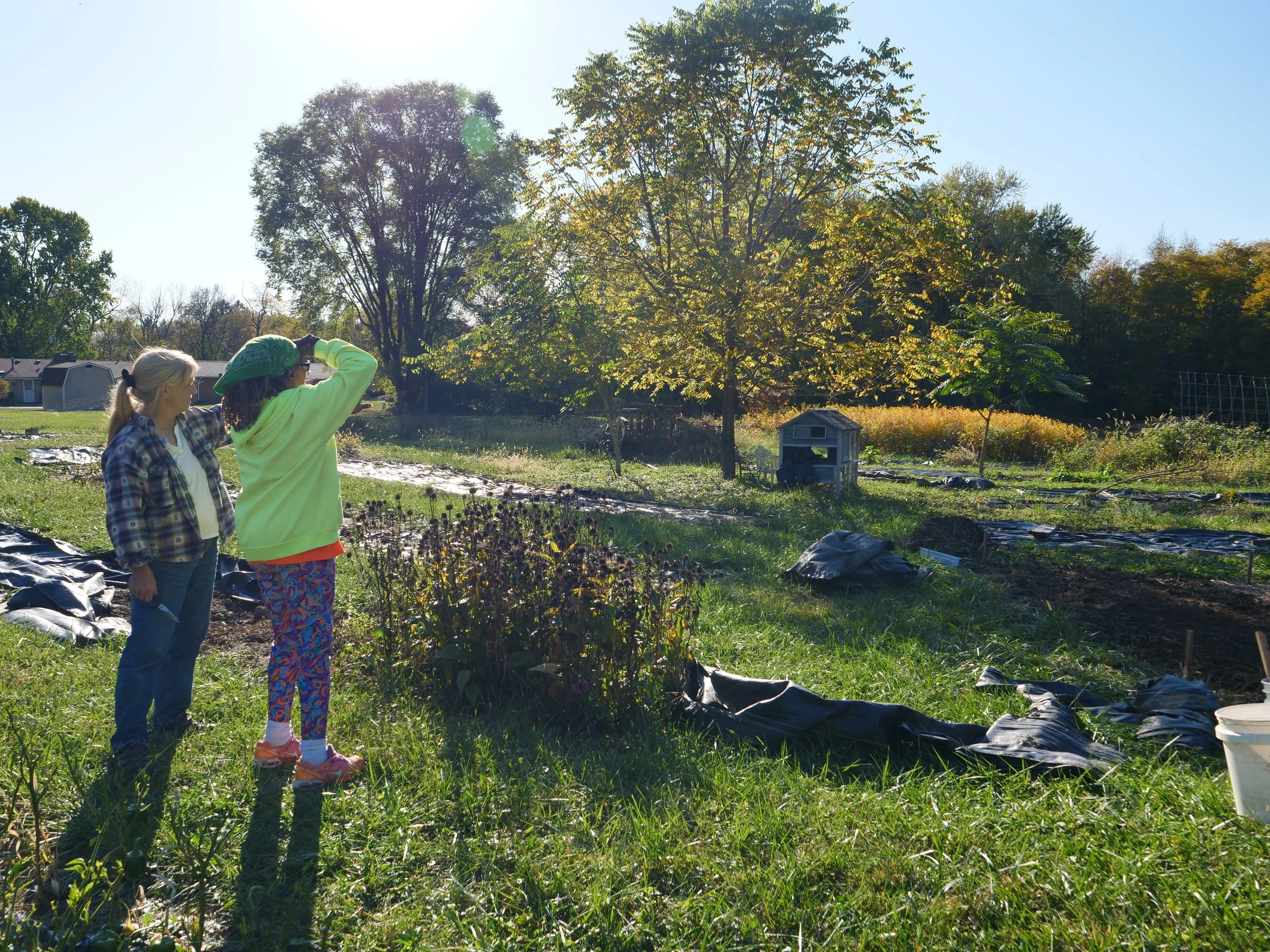

Our Blog
Take a walk on the land beside a member of Agraria staff! Our blog offers a mix of ecological learning, personal and poetic reflection, and lively storytelling around projects and happenings at Agraria, all written by staff contributors.
Search our blog

Seed Saving: A Living Legacy that Keeps on Growing
When we save seed, we are saving the important germplasm, or genetic material, within that seed. But it is also critical, to save the story of that seed. Who are those working at the forefront of seed sovereignty today? What are their stories?
Ira Wallace is interested in the seed stories of the African diaspora. A co-owner of Southern Exposure Seed Exchange, she was a featured speaker in Agraria’s second Black Farming conference, and was also interviewed by Amanda Siegel, a student in my Seed Sovereignty and Citizen Action class at Antioch College.
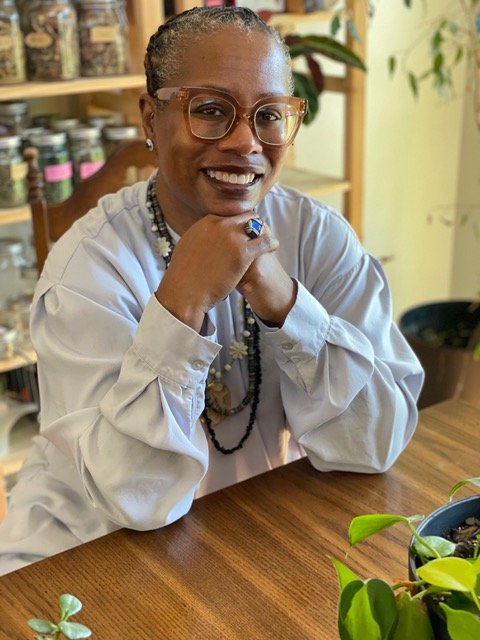
And What of the Soil?
When my ancestors first had the notion of seeking freedom from the brutality of enslavement, preferring the mosquito and poisonous snake-infested waters of the swamps to which they fled, to the overseer’s whip, some of the women braided seeds into their hair to take with them on the harrowing journey. According to the stories often passed down generationally, hair was parted into carefully crafted rows of plaits, seeds were secretly placed along the rows next to the scalp, and then concealed with thick, kinky, or natural hair that when braided, covered the seeds like soil. Many of these migrating seeds planted along the carefully parted rows of hair, grew to become plants — food and the herbal medicine — that maroons, formerly enslaved people who freed themselves and formed communities with one another by hiding away in difficult mountain terrain or in dense swampy areas, utilized for survival.
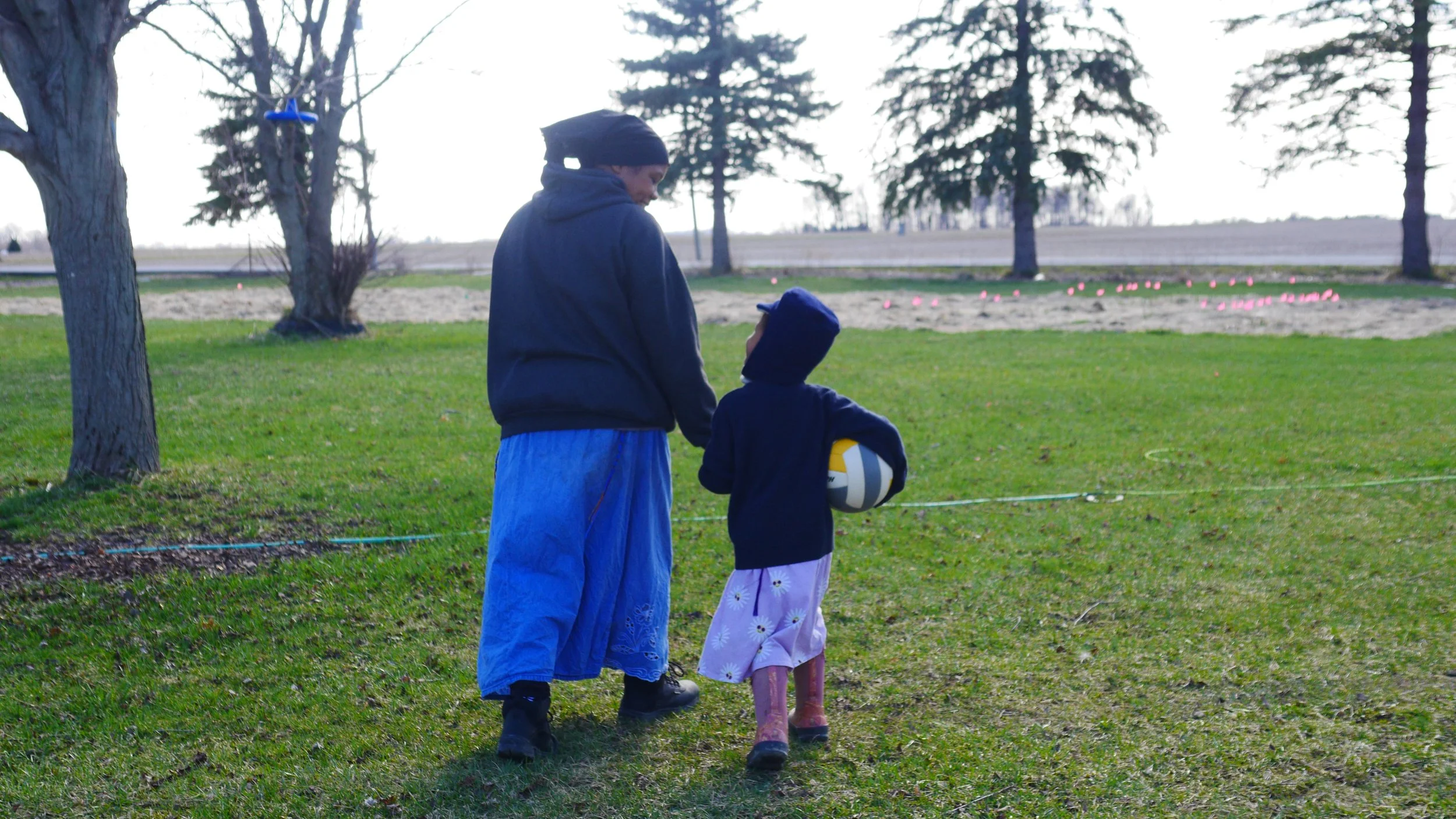
A Spring Afternoon on The Narrow Way Farm
As the cool morning flows into the warm afternoon,
I lace up my black work boots and throw on my comfortable, lightweight farm hoodie.
Walking outside, I pull my leather work gloves out of my pocket and slip them on.
Instead of getting straight down to business,
I stop momentarily when I step onto the grass.
I close my eyes and take a slow, deep breath of fresh spring air.
Head tilted upward, delightful rays of healing sunlight caress my face, and I smile.
I exhale, open my eyes, and walk toward the big gray barn, smile still intact.

Community Land Trusts: The Past and Future of a Movement
West Dayton (Ohio) has a rich history of Black-owned businesses and real estate, but decades of disinvestment, redlining, and predatory loan policies have made it challenging for current residents to own or develop property. Despite these obstacles, community members and organizers are working to improve living conditions, address food apartheid, and advance racial justice in the neighborhood. A major victory was reached in 2021 with the opening of Gem City Market, a worker- and community-owned full-service grocery store. In addition to fresh foods, the Market offers cooking classes, a community room, and a mini health clinic.
Organizers are not stopping here. One of the concerns surrounding Gem City Market and related projects is that they will make the neighborhood more attractive to outside developers and lead to gentrification, pushing out long-term residents. To get ahead of this threat, organizers formed Unified Power, a Community Land Trust (CLT) that aims to keep residents in the neighborhood by creating affordable housing and pathways to property ownership….
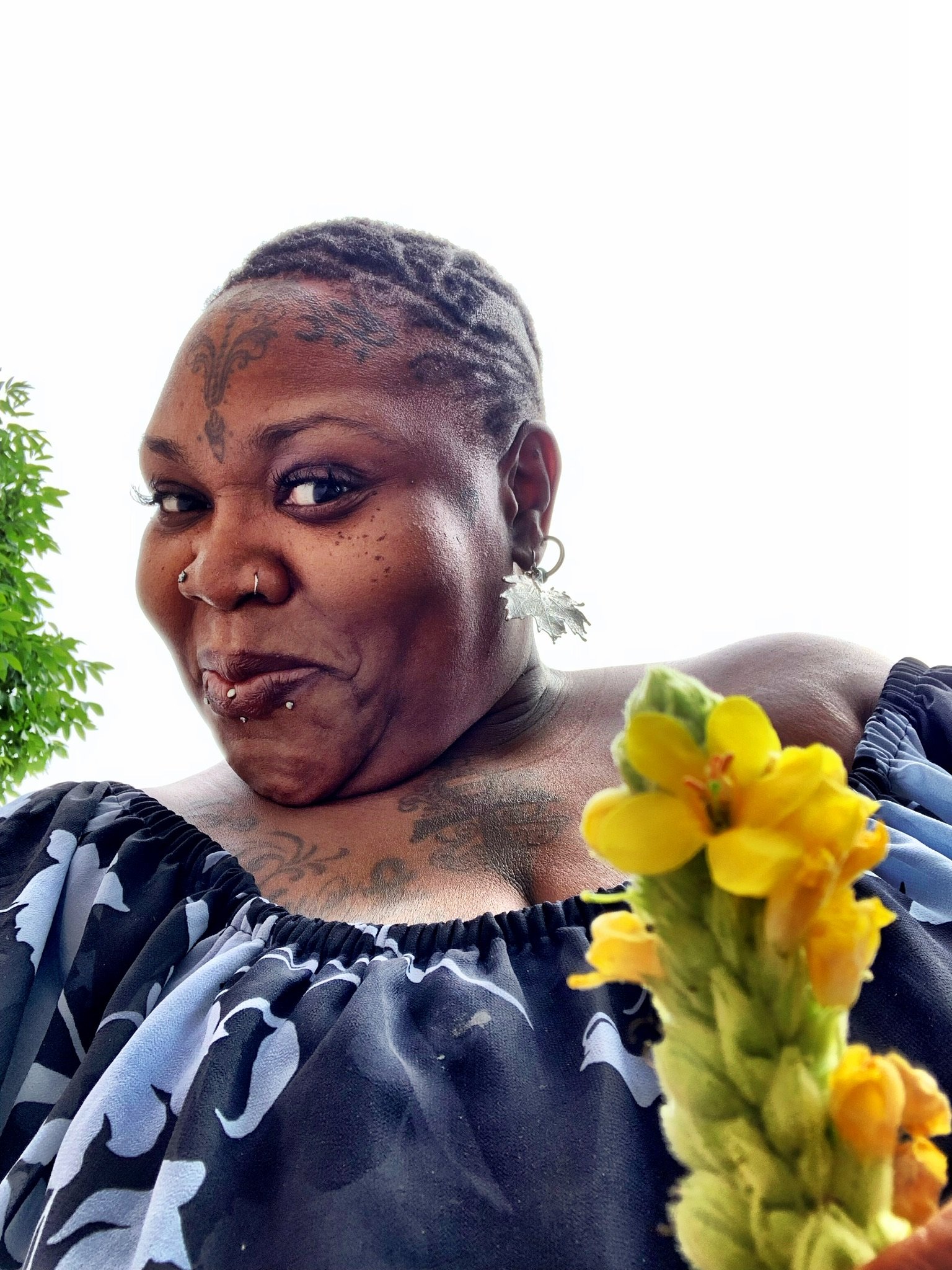
A Journey of Food Sovereignty and Wholeness
There is such a buzz around the ideas of regenerative agriculture and diversity and inclusion that it only makes sense to connect the two as they relate to our everyday experiences with plants, people, and the lands that we steward.
Growing foods that are culturally appropriate within neighborhoods that lack access is a great way to implement diversity in and out of the soil. Edible landscapes are ideal in urban areas that are food insecure with lots of vacant green space available. While regenerating the soils at Lady Buggs Farm, I have discovered the joys of Northeast prairie plant species, pollinators as helpers, and food as medicine. Growing zucchini to reclaim my grandmother’s family zucchini bread is medicine for both body and soul.
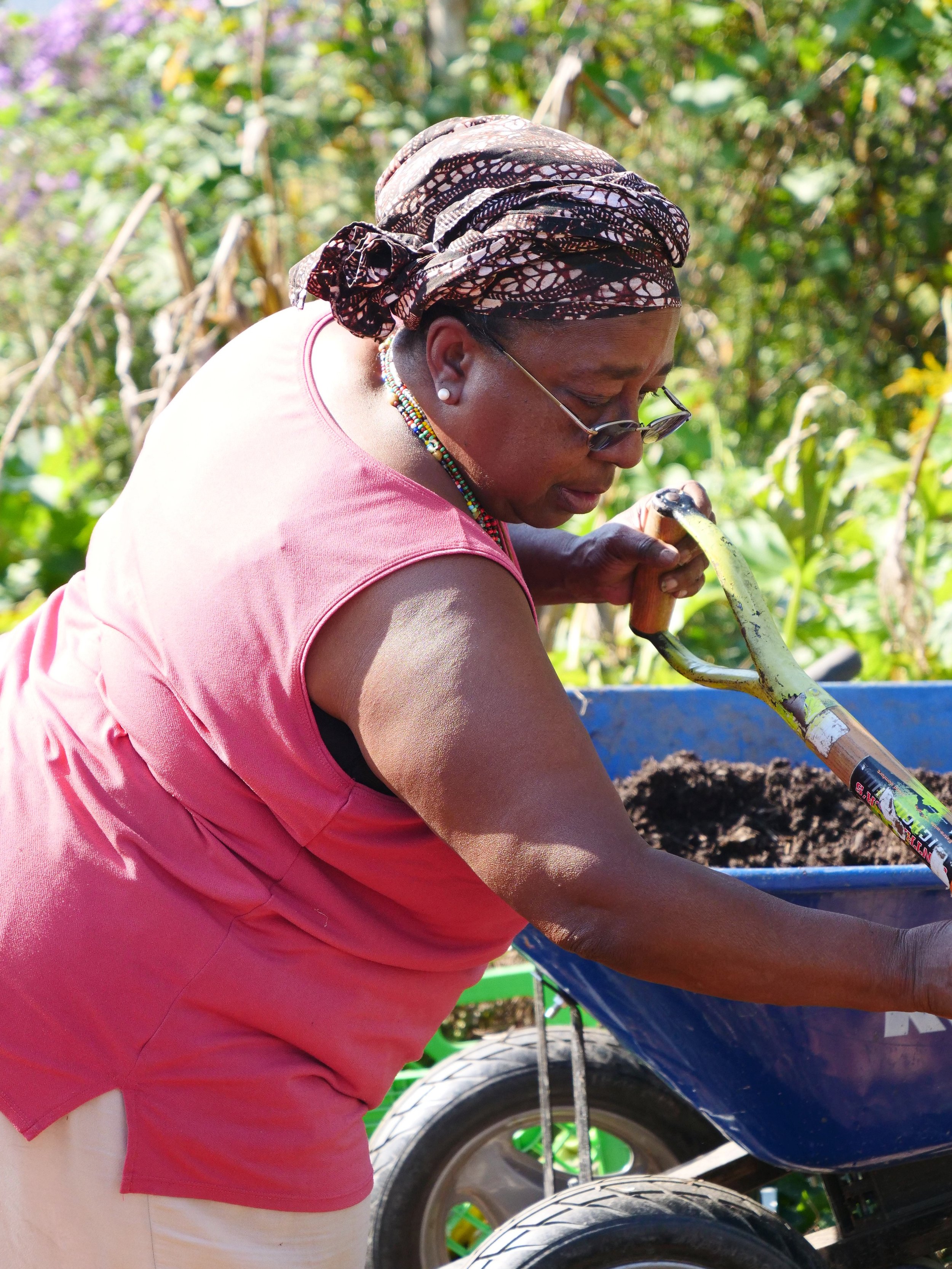
A Call to Teach, to Grow, to ‘Share Earth Wisdom’
As an adult, I lived in Cincinnati for over 30 years, growing a reputation as wordsmith, storyteller and actor. With great hesitancy, I moved to Dayton in 2012, and was “told” that I would work on food issues. I thought that meant I would work on my own body, pudgy after late-life childbearing—and late-night meals. But the move finally made sense during Covid-19 quarantine. While shut up in the house, I pondered what I would regret not having done if “the rona” caught me. My childhood dreams had manifested: traveling abroad performing, my name up in lights and in print.
Then the revelation came: There were no regrets, but the future needed me. I needed to teach others how to grow food, particularly those who grew up on concrete.

Building Bridges Past Trauma to Reconnect with the Land
I am the daughter of a first-generation American mother and a father one generation removed from slavery. My relationship with agriculture is not one shared by many of my colleagues at work. Like the student in my class, I too have associated farming with menial work and the enslavement of Black people. But years of learning and unlearning have helped change that perception and heal my relationship with agriculture. I began to see the beauty in the power of a seed. How something so small held the power to exponentially impact the world, if only nurtured.

Centering Black Farmers in the Search for Racial Justice
We’re currently living through truly compelling times. Across the nation, discourses focusing on racial inequities, climate change, economic disparities, and lack of access to adequate health care (to name a few) have gained enormous traction as tools for analyzing prevailing conditions and as lenses through which to find new solutions.
Non-profit organizations, for-profit businesses, and public institutions are — at least for now — asking themselves what they can do to address these manifestations of oppression. Grassroots organizers, southern courtrooms, and elected officials are also grappling with this change, as they seek out ways to navigate the new terrain. It feels as though meaningful progress is within reach, yet we’re also witnessing a surge in reactionary white supremacist authoritarian forces that use everything in their power to resist it.
